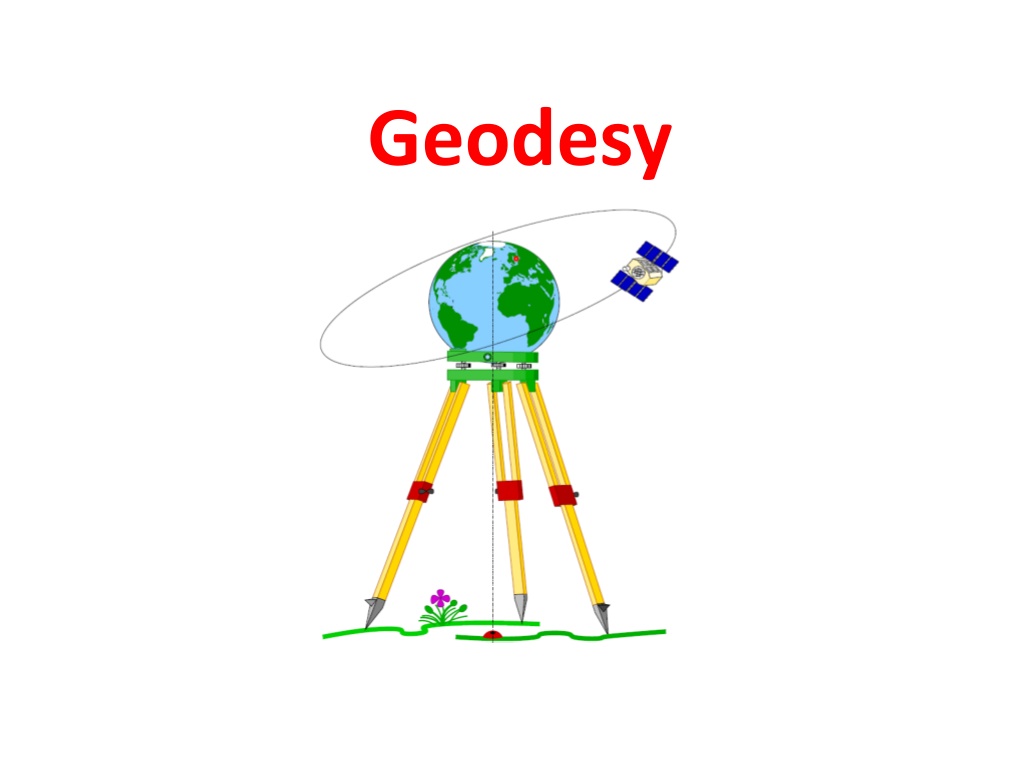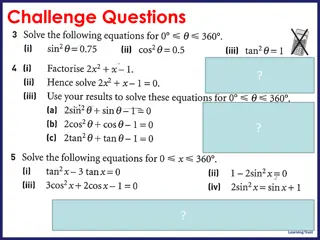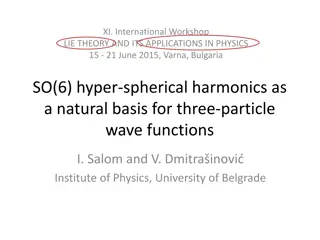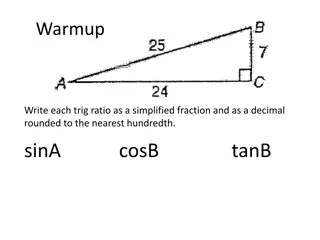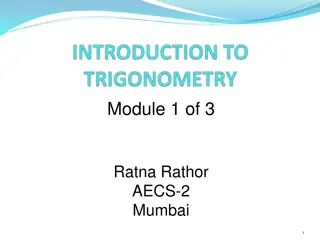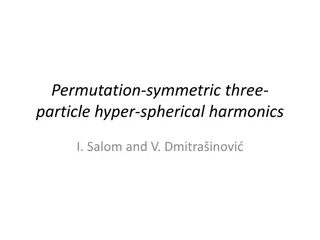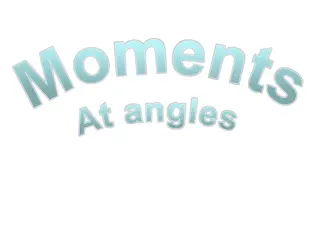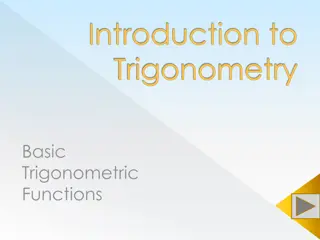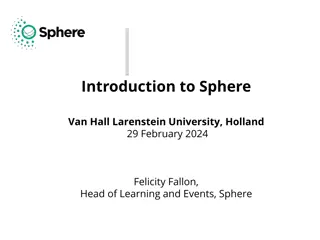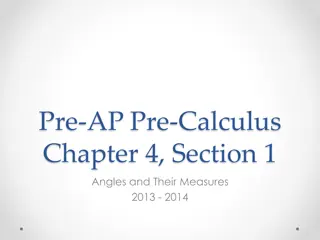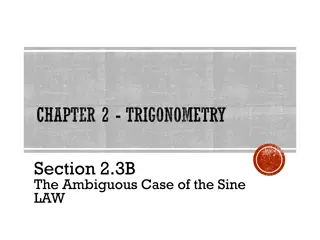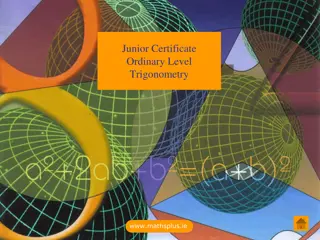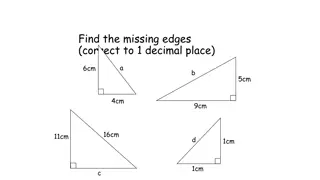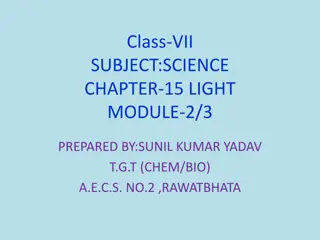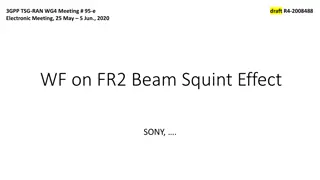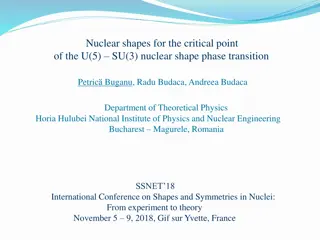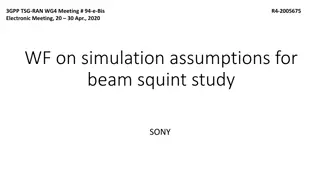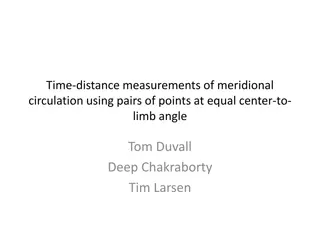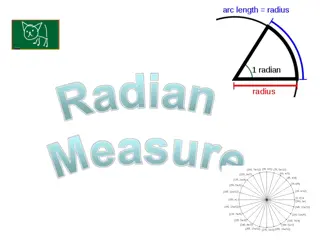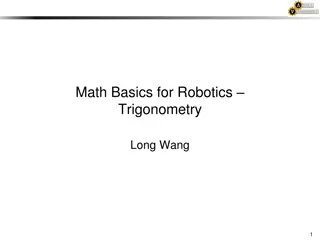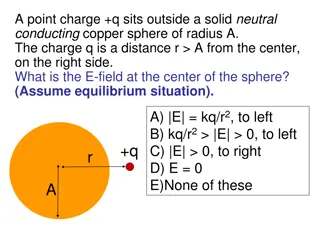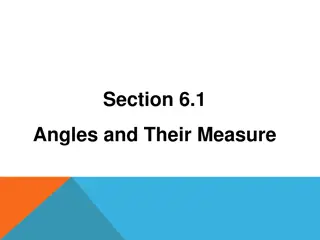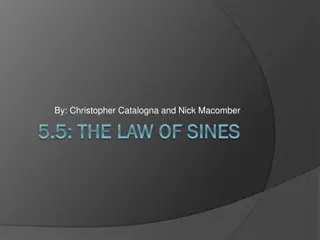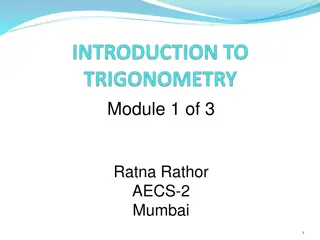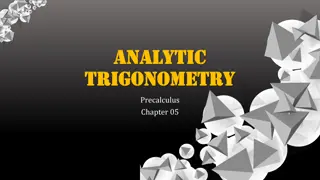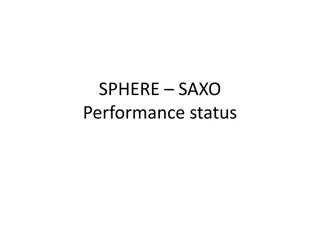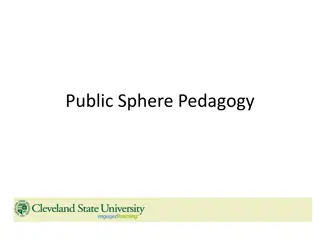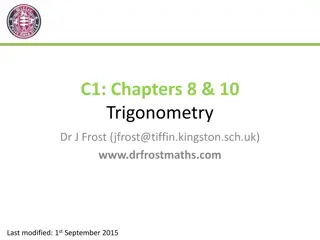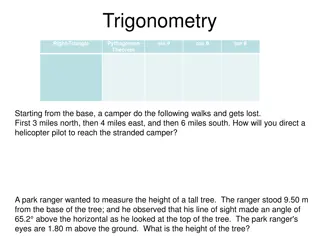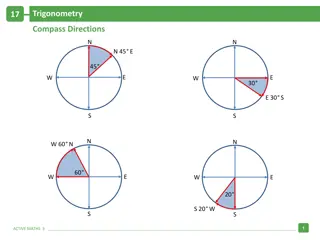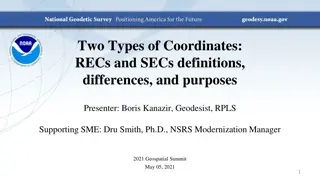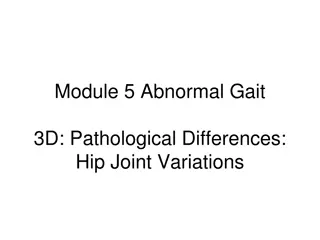Understanding Geodesy: Spherical Excess and Trigonometry on a Sphere
Geodesy involves studying the geometry of curved surfaces like the Earth. On a sphere, angles and sides of triangles have unique properties leading to the concept of spherical excess and specialized trigonometric rules. Understanding these principles is key to determining areas on a sphere and solving spherical triangles.
Download Presentation

Please find below an Image/Link to download the presentation.
The content on the website is provided AS IS for your information and personal use only. It may not be sold, licensed, or shared on other websites without obtaining consent from the author. Download presentation by click this link. If you encounter any issues during the download, it is possible that the publisher has removed the file from their server.
E N D
Presentation Transcript
Spherical Excess On the plane, the sum of the interior angles of any triangle is exactly 180 . On a sphere, the corresponding sum is always greater than 180 . That is, 180 < + + The positive quantity E = + + 180 is called the spherical excess of the triangle. Since the sides of a spherical triangle are arcs, they can be described as angles, and so we have two kinds of angles:
The angles at the vertices of the triangle, formed by the great circles intersecting at the vertices and denoted by Greek letters. The sides of the triangle, measured by the angle formed by the lines connecting the vertices to the center of the sphere and denoted by lower-case Roman letters.
The second kind of angle is most interesting. In contrast to plane trigonometry, the sides of a spherical triangle are themselves angles, and so we can take sines and cosines etc. of the sides as well as the vertex angles. Right spherical triangles For this section, assume the angle = 90 , i.e. we have a spherical right triangle. Then the following identities hold Napier s sine and cosine rule: sin a = sin sin c = tan b cot sin b = sin sin c = tan a cot cos = cos a sin = tan b cot c cos = cos b sin = tan a cot c cos c = cot cot = cos a cos b
General spherical triangle For this section we drop the assumption that = 90 . Many identities hold. Here are a few examples: Law of sines sin / sin a = sin / sin b = sin / sin c Law of cosines cos a = cos b cos c + sin b sin c cos cos = -cos cos + sin sin cos a Tangents Let s = (a + b + c)/2 and let = ( + + )/2. The following formulas can used to solve for a vertex angle from knowing the side arcs or solve for a side arc from knowing the vertex angle: tan ( /2) = ( sin(s b) sin(s c) / sin s sin(s a) ) tan (a /2) = ( -cos( ) cos( - ) / cos( - ) cos( - ) )
Area Let R be the radius of the sphere on which a triangle sides. If angles are measured in radians area of a triangle is simply =R2 E where E is the spherical excess. In degrees the formula for area is: R2E/180. In seconds area is: R2 E sin1 Area = a . b sin C/2 or Area = c . SinA sinB / 2 sin (A+B) Area = square root [tan s/2. tan (s-a)/2 . tan (s-b)/2 . tan (s-c)/2]
Auxiliary plane triangle After reducing observations taken on the earth s surface to the reference ellipsoid, a group of connected triangles are solved as plane triangles using the following relationship between sides and angles: a/b =sin A/sinB, b/c = sinB/sinC and c/a = sinC/sinA The Legender s theory states that the spherical triangle is equivalent to a plane triangle where the lengths of sides in both triangles are equals while the angles are differ from each other by 1/3 of the spherical excess as follows:
C A B A = - E/3, B= - E/3 and C= - E/3 Firstly, observations must be reduced to ellipsoidal surface and E is computed as a function s of the triangle s sides lengths.
